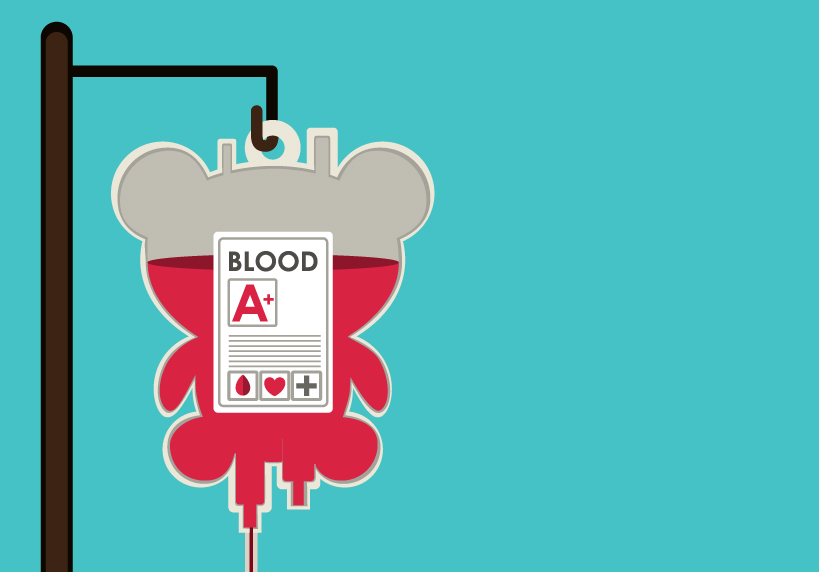
Anaemia is a condition in which the body does not have enough healthy red blood cells in blood. Red blood cells have a protein inside them called haemoglobin. This protein carries oxygen to different organs of our body. For the production of haemoglobin, iron is needed. So if iron is deficient in our diet, this leads to reduced haemoglobin production, thereby leading to iron deficiency anaemia.
Iron deficiency is the most common nutrient deficiency in children. The World Health Organisation estimates that iron deficiency anaemia affects one quarter of the world’s population. The prevalence of anaemia in the Sultanate of Oman is around 30-40 per cent in children of various age groups.
In a normal term infant, total body iron does not change much during the first four months of life because the baby gets enough iron stores from the mother. But by four months of age, iron stores of the baby gets reduced by half and extra iron is required to maintain good haemoglobin concentration during the rapid phase of growth between 4 and 12 months. The average daily intake of iron required is 4.3mg/day (4 months to 6 months ) and 7.8mg/day (7 months to 12 months).
Iron deficiency may be caused by:
Symptoms include:
Most common symptoms of anaemia appear when body cells can’t get enough oxygen. If your child has anaemia, then you are likely to notice that your child seems more tired, weak or having low energy than normal. Feeling fatigued, sometimes make children irritable as well.
Iron deficiency can affect school performance. Low iron levels are an important cause of decreased attention span, reduced alertness, learning difficulties, in young children and adolescents. Diagnosis of iron deficiency anaemia in children can be made by certain blood tests after arriving at a clinical conclusion by the paediatrician.
Treatment is mainly by iron supplements and foods rich in iron. Infants less than 1 year should drink only breast milk preferably or an infant formula which contains iron, if breast milk is not available. Exclusively breast fed infants should eat iron fortified solid foods starting at about 6 months of age. Children under 2 years of age should not have more than 700ml of whole milk a day at the expense of other solid foods that are iron rich. Eat foods that contain iron, such as, cereals, pasta, bread or other grains with iron added. Meat have the highest amount of iron. Chicken, turkey, lamb and fish also have good iron content. Eggs, especially the yolk, dark green leafy vegetables, beans and legumes like black eyed peas, chick peas, green peas, and baked beans. Some dried fruits like dried apricots and figs. Yellow fruits and vegetables like bananas.
Serve the foods mentioned above alongside foods or drinks rich in vitamin C (tomatoes, broccoli, orange juice, and strawberries) because vitamin C enhances the body’s absorption of iron. Try cooking food in a cast iron pan which can help enrich the food with iron.
With proper treatment, the outcome is likely to be good. In most cases, the blood counts will return to normal in two months, but has to be maintained under the supervision of your paediatrician. Iron supplementation improves learning, memory, and cognitive test performance in adolescents who have low levels of iron.
Dr Sreekumar is paediatric specialist at KIMS Oman Hospital